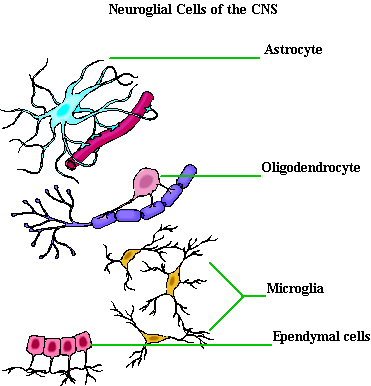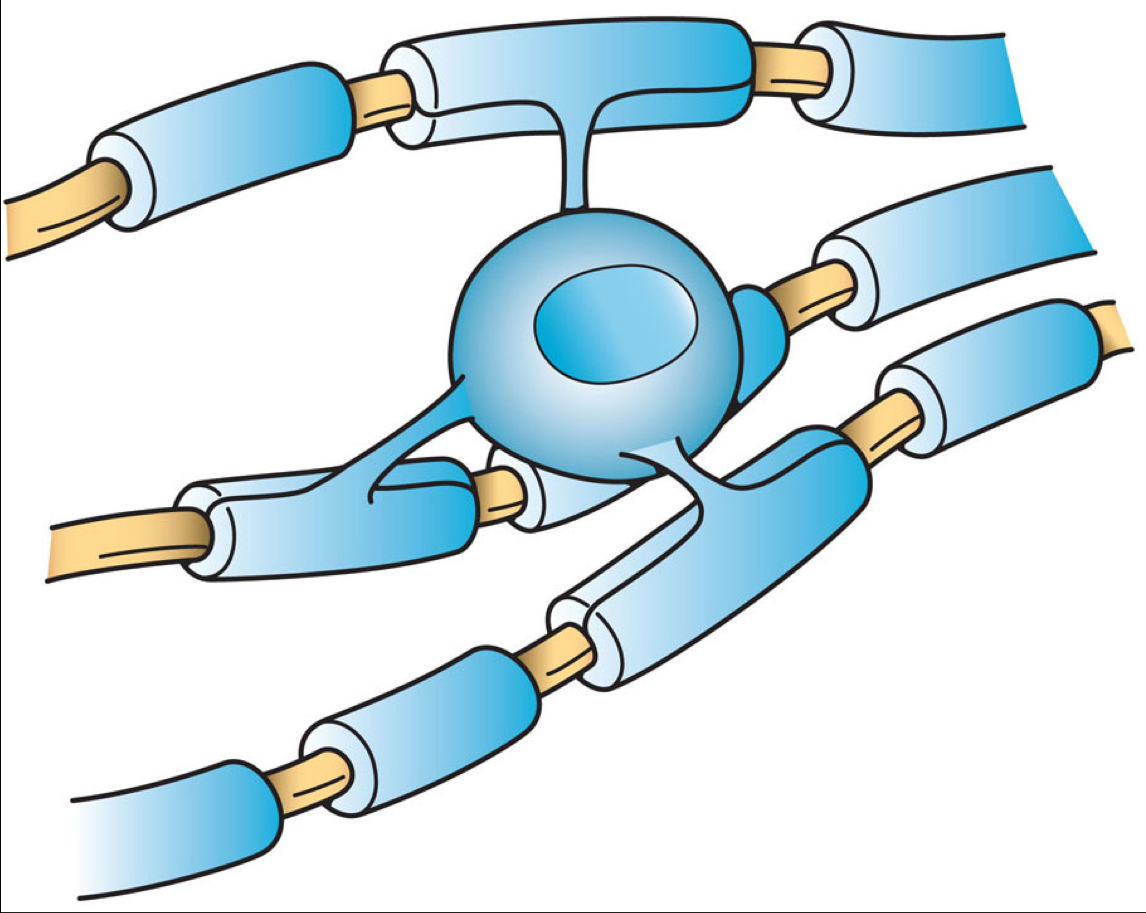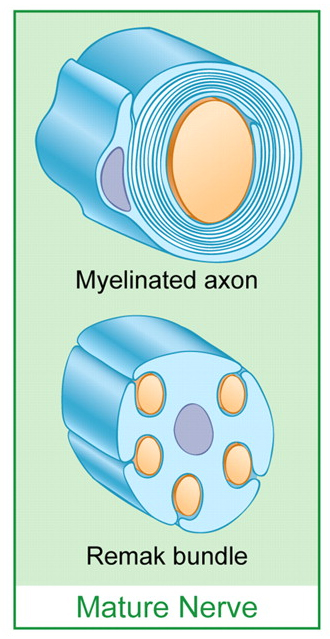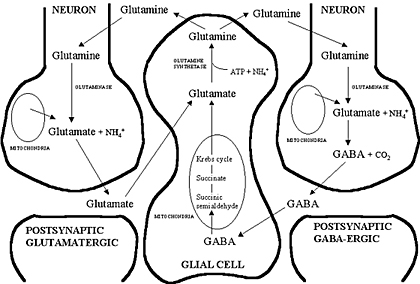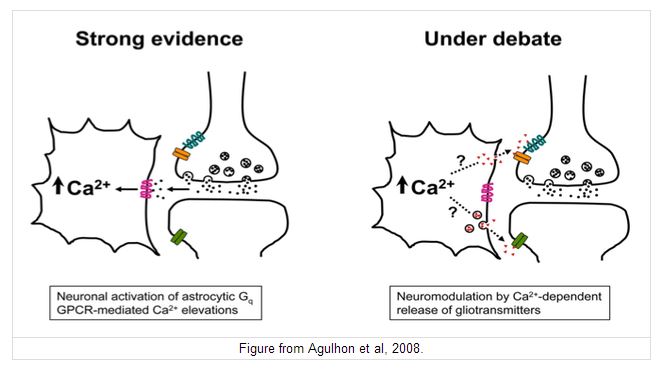It has been know for over a century that if certain dyes were injected into the bloodstream of an animal, the tissues of the whole body EXCEPT the brain and spinal cord would be coloured.
Similarly if the dye was injected into the brain, the brain would be coloured, but the colour would not cross into the body.
So the concept of a "Blood-Brain Barrier" (BBB) which prevents materials in the blood from entering the brain, and vice versa, came into existence. More recently, the cellular structures associated with this barrier have become more understood.
The main functions of the blood-brain barrier are to protect the brain from circulating organisms or chemicals that might interfere with brain function and to maintain a stable environment for the neurones to perform their functions.
Interference with brain function could arise from entry of neurotransmitters, metabolites, osmolality, hormones and toxins, and of organisms such as bacteria and viruses; so it is important that these are not allowed tohave access to neurones and synapses.
|
Capillaries are formed of a tube of endothelial cells in fairly close contact, so that, in most parts of the body, large molecules cannot cross the normal endothelium . There are exceptions, such as the glomerulus of the kidney and the capillaries of the bone marrow, where the endothelium is fenestrated- i.e has 'windows', which make it leaky.
Brain Capillaries are made of endothelial cells that are tightly bound together, at 'tight junctions', and these vessels prevent large molecules from crossing to the extracellular fluid of the brain. Outside the endothelial cells is the basement membrane which may be thickened in brain capillaries.
Role of Astrocytes. In addition to tight junctions and a thickend basement membrane, a specialised type of glial cell, the astrocyte, controls the environment of neurones within the brain.
One of its functions is to be selective in the transfer of materials from the blood to the neurones of the brain. It does this by having processes which terminate in end feet on the outside of the capillaries, and others on the neurone. As a result the astrocyte is the highly selective link between the neurone and the blood. In addition to their barrier function, astrocytes appear to play an important part in transporting ions and other chemicals from the brain to the blood.
Astrocytes are also involved in disposing of unwanted neurotransmitters from the extracellular fluid around neurones and synapses (see below).
|
|
Astrocytes These have numerous projections that anchor neurons to their blood supply. They appear to regulate the external environment of neurons by a selective movement of ions (e.g. potassium) and other chemicals.
They are able to take up various chemical released at synapses and help to recycle them; one example would be the neurotransmitters released during synaptic transmission.
Astrocytes are believed to be an essential part of the blood–brain barrier, and may release substances that regulate local blood flow, so that local blood flow is matched to the metabolic activity of neurones in that area.
Astrocytes are connected to each other by gap junctions, and communicate using calcium and other chemical messengers.
|  * *
|
Some Properties of the BBB.
Like may biological membranes, the blood brain barrier is semipermeable; it allows some molecules to cross while repelling others. Generally speaking, charged molecules are repelled, and are only transported by specific transport mechanisms; lipid-soluble molecules that can dissolve in cell membranes may be able to cross, e.g. the barbiturate group of drugs.
Small molecules such as oxygen, carbon dioxide and glucose appear to cross either by diffusion of by some specific transport mechanism.
It is also recognised that the BBB is not fully formed at birth, so brain development is particularly vulnerable to pathophysiological events in infants.
The BBB can be breached in certain pathophysiologiucal states including: hypertension, hyperosmolality, infection, trauma, ischaemia, inflammation, radiation, and raised intracranial pressure. Should the BBB be breached, microglia are activated and become phagocytic in nature, removing cellular debris, invading organisms etc.
| Some Exceptions:
Some sites within the brain however do monitor chemical concentrations within the blood. One example is the level of hormones that are sensed by the hypothalamus.
In parts of the brain where monitoring of blood chemistry takes place, the blood brain barrier is defective, and it is known that this defect is present at a number of sites around the cerebro-ventricular system. These sites are given the name circumventricular organs
The circumventricular organs allow the brain to monitor aspects of blood chemistry. They occur mainly around the Third Ventricle, where several areas are involved in monitoring osmolality and hormone levels, and in the medulla, where toxic substances can enter the brain and give rise to vomiting 'the vomiting centre is close to the area postrema.
All of the circumventricular organs have an extensive blood supply and fenestrated capillaries cause them to be leaky at these sites. These sites have special functions including the regulation of body fluid balance, cardiovascular control, immune responses, thirst, feeding behaviour and sexual behaviour.
|
